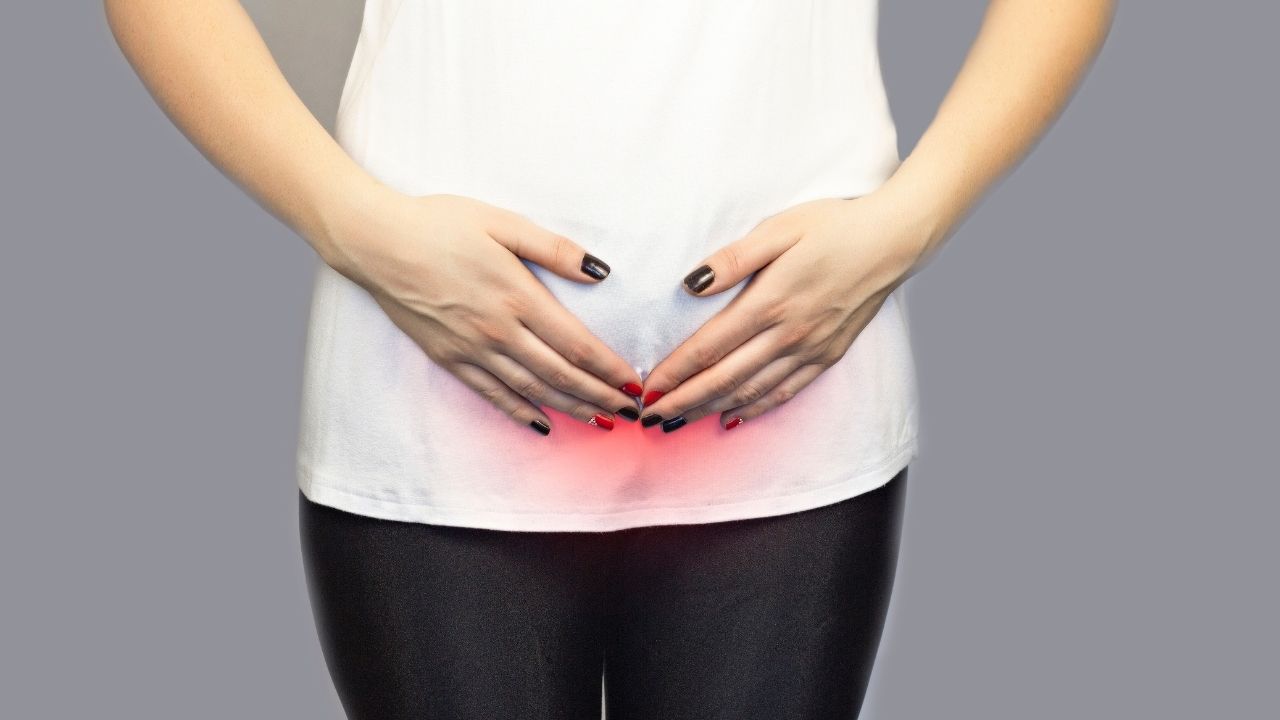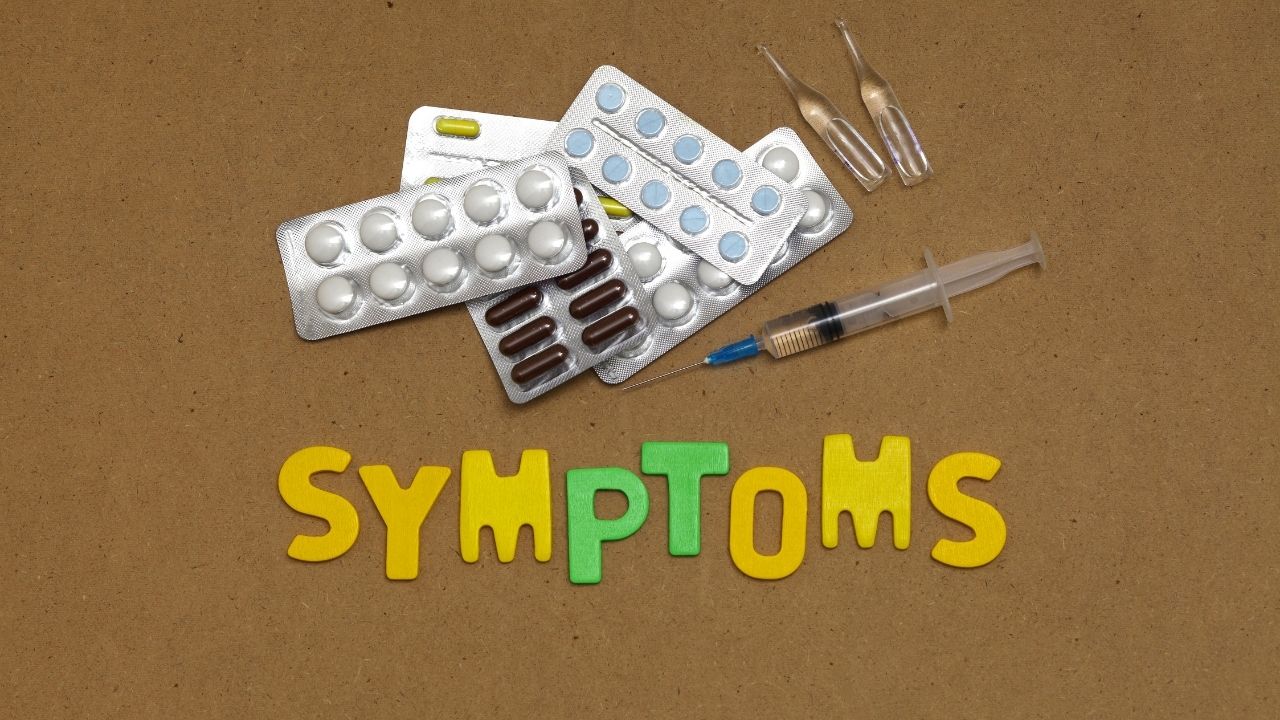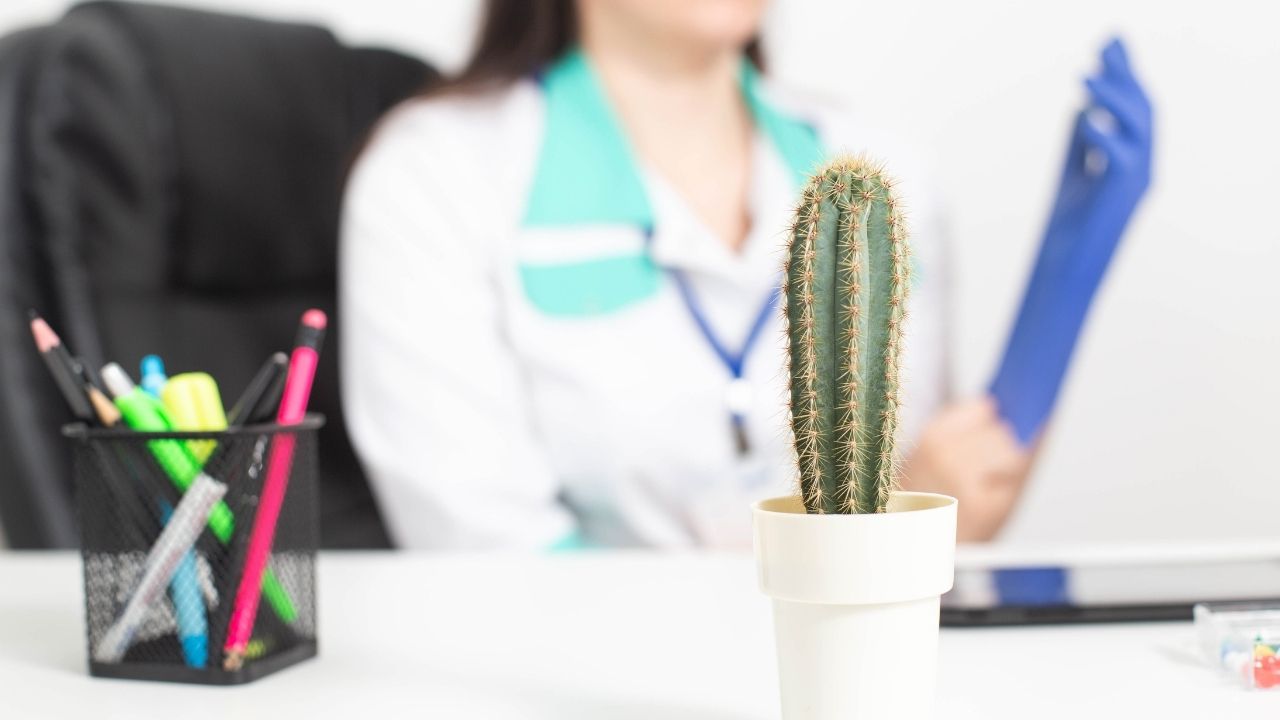The intestine, which is described as the second brain in our body, is one of the most important determinants of your health status, even if you are not aware of it. So what happens when this important organ becomes cluttered and dysfunctional?
Described as the second brain in our body bowelEven if you are not aware of it, it is one of the most important determinants of your health status. It has been proven by medical studies that this organ, which has the most nerve cells after the brain, is also very effective on our psychological health, such as depression and stress that affect our daily life.
So what happens when this important organ of ours gets knotted and becomes dysfunctional? in public intestinal knotting This term, which is used as intestinal obstruction or intestinal obstruction, is referred to as volvulus disease in the medical literature. Let’s answer the questions like what is intestinal knotting, what are the symptoms, how is the treatment, in all details.
What is intestinal knotting (Volvulus), why does it happen?
First of all, what is intestinal knotting (Volvulus)?
When intestinal knotting occurs, a part of the intestines rotates around itself and prevents both nutrition and conduction within the intestine. intestinal obstruction creates. This can happen suddenly, or it can happen gradually. In the event that the disease progresses and is not promptly intervened, it can be life-threatening by causing irreversible tissue loss called necrosis. Intestinal knot especially in the newborn age group It is a more common ailment.
This condition, which occurs in 1 out of every 6,000 births, is a complication that occurs while the baby is in the womb. It usually occurs in newborn babies and young children as small bowel obstruction, while in adults it occurs in the form of large bowel knotting called sigmoid volvulus. In adults, it has been determined that men are more prone to this disease than women. This condition is usually advanced in the elderly incidence is high. It has been determined that the probability of this ailment is higher, especially in people over the age of 50 and in people who do not have the opportunity to move much during the day.
So what causes intestinal knotting?

- Intestinal enlargement more than normal
- ailments such as Hirschsprung’s disease,
- Some transition parts of the column are narrower than they should be,
- Abdominal adhesions (intra-abdominal adhesions) due to previous surgery, injuries or infections
- Chronic (long-term) constipation,
- Pregnancy,
- Intestine not attached to the abdominal wall
- Laxatives, anti-constipation drugs and fiber foods used for rapid digestion can also cause this ailment.
The main factor that causes intestinal knotting has not been fully revealed yet. Various diseases and anatomical causesare among the causes of intestinal obstruction.
Is intestinal knotting fatal?

Immediate treatment is required to prevent the bowel with volvulus from developing complications. If treatment is not carried out as soon as possible life risk carries. In this case, it can lead to infection in the blood called sepsis, stomach infection called secondary peritonitis, or short bowel syndrome caused by small intestine deficiency.
Early diagnosis and intervention With this, the possibility of developing serious complications is greatly reduced. Therefore, if you observe signs and symptoms of this ailment in yourself or in your surroundings, it is recommended that you contact the authorized health institutions as soon as possible and apply to the physicians working in this field.
So how do I know if I have a bowel knot?

- bloody stool,
- Pain and tenderness in the abdomen,
- green bile vomit,
- Nausea,
- tension in the abdomen,
- Constipation,
- Inability to get gas
- bloating in the abdomen,
- inability to defecate,
- Rapid breathing with rapid heartbeat.
Bowel knot symptoms It can start intensely and suddenly. In this case, people should apply directly to the emergency services of hospitals.
Intestinal knotting in infants and children

Small bowel knotting in infants It is usually caused by the way the intestines develop while in the womb. The intestine, which starts to form as a flat tube while the baby is not yet born, and bends over time, sometimes settles differently, causing knotting or bending. This condition, which occurs in 1 out of every 6,000 births, is called malrotation.
In such a situation, babies pull their knees to their stomachs and cry loudly and non-stop. High fever also accompanies these symptoms. It is important for parents to be very careful in this process. Common in infants and children small bowel obstructions can reach a life-threatening level. It is essential that they consult a doctor without delay. In addition to these symptoms, the following symptoms may also be present:
- Diarrhea,
- acceleration of the heart rhythm,
- difficulty in sucking,
- Sleepiness due to lethargy,
- crying attacks,
- Rapid breathing.
How is the diagnosis of intestinal knotting made?

Abdominal swelling due to knotting of the intestine, performed by a gastroenterologist physical examination can be detected with In addition, some radiological imaging may be requested to make the diagnosis and determine the severity of the disease. As a result of these tests, the normal state of the intestine is evaluated and a conclusion is reached about the treatment to be performed. By using computerized tomography of the abdomen, in addition to visualizing the knotted part of the intestine, amount of intestinal knotting can also be determined. In addition, detailed information about whether there is a hole in the intestine can be obtained by computerized tomography examination. Colonoscopy is also a method that allows the investigation of the covering layer that covers the large intestine directly through the eye.
Special colonoscopy device The definitive diagnosis of the disorder that causes knotting in the large intestine is made. in public abdominal x-ray In this method, known as the film, the film of the part between the pelvis and the diaphragm is taken to evaluate the abdominal region. taken orally barium (a type of chemical substance used for stomach and intestinal imaging) can be examined for blockages, abnormalities and other problems in the small and large intestines. withdrawn through barium (a type of chemical used for stomach and intestinal imaging) given through the rectum as an enema in the gut film It seems more detailed with intestinal blockages, abnormalities and other problem.
How is intestinal knotting treated?

Volvulus is a condition that requires immediate attention and is usually surgical intervention is done. However, in some cases, surgery may not be needed. In knots occurring in the sigmoid colon, the procedure called sigmoidoscopy may be preferred.
Air is given through the tube that is advanced to the lower parts of the large intestine and the folded intestine is straightened. Because of the recurrence of knots fixed in this way, permanent surgical treatment is more common.
So, is intestinal knotting surgery dangerous?

There are different surgical procedures that can be performed within the scope of intestinal obstruction surgery. for example colectomy operationare surgeries that involve the removal of part or all of the bowel. In the lower segments of the intestinal knotting, the damaged part of the intestine is surgically removed. Then the healthy intestinal segments are connected to each other. It is very unlikely that the knot will reoccur after this surgery. Mostly to fix knotting from the midline of the abdominal wall The incision is entered and the clogged area is corrected. As a result of the intervention to the knotted part, the blood flow in the region is restored. If the blood flow to the relevant intestinal segment has not occurred for a long time and this part of the intestine has lost its living tissue, the affected intestinal segment should be removed.
In some patients, due to the size of the removed intestinal segment, it may not be possible to connect the remaining healthy intestinal ends to each other. In similar cases colostomy surgery Holes are made in the abdomen, and the flow of the intestine is carried out to the outside of the body. Then, a colostomy bag is attached to this opening, allowing digestive wastes to accumulate in the colostomy bag. The positive outcome of the treatment generally depends on how advanced the disease is and how early the operation is performed. Intestinal knots, which cannot be diagnosed early or whose intervention stage is delayed, affect the whole body. infections and sepsis can lead to serious complications such as
In this content, the disease known as ‘Intestinal Knotting’ among the people his volvulus we told. What we describe is for informational purposes only. You can get the most accurate and specific information by consulting your doctor.
